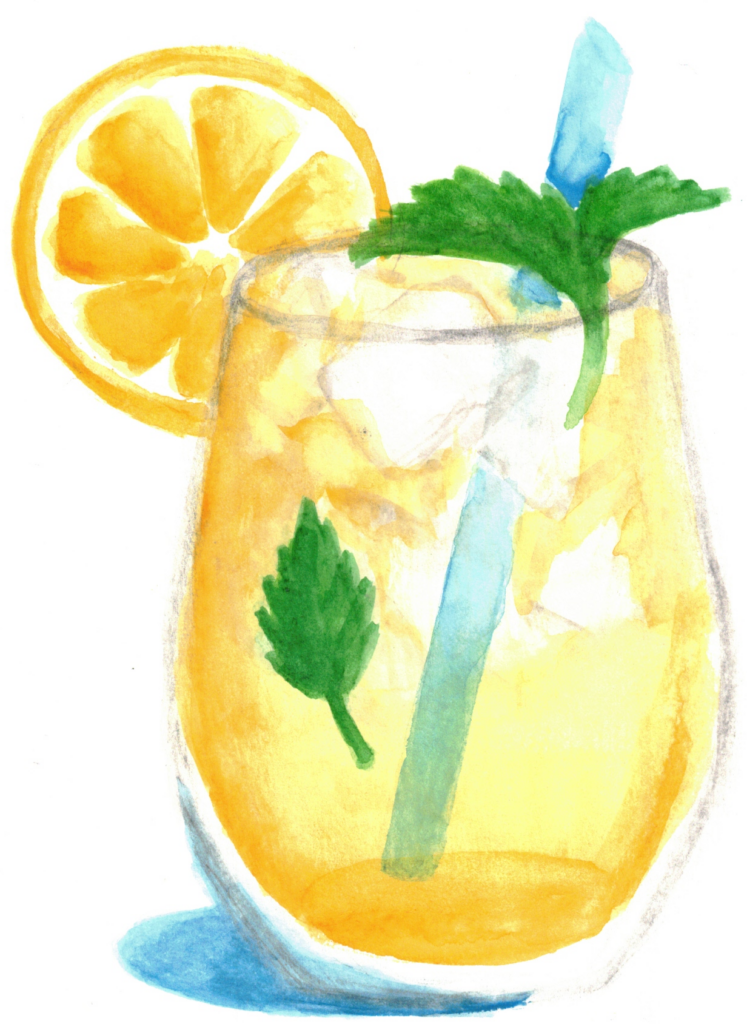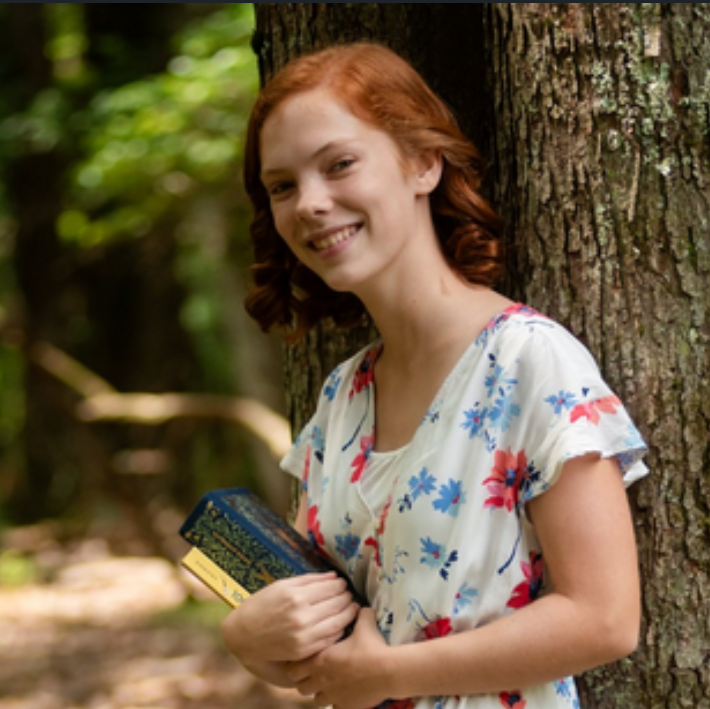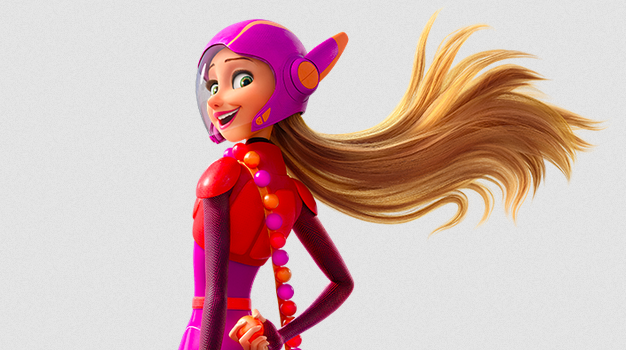Almost two years ago, I wrote an article on how Big Hero Six is a master class in leveraging cliches to the benefit of a story. They strategically placed certain character tropes, archetypes, and cliches throughout their story so that the viewer assumed they knew where the movie was going, only to be faced with a completely unpredictable plot twist.
But that isn’t the only way this movie demonstrated their expertise when it comes to cliches.
Although we try to get rid of as many as we can, eventually we come across a character that is just undeniably a part of a common trope or cliche. How can we as writers make sure that character is still interesting and unique? How can we eliminate the tired predictability that so many cliches come with while maintaining the heart of the character? What is the specific factor the blocks so many cliches from being interesting, and how can we make sure our own characters don’t fall into that trap?
Once again, Big Hero Six has the answers.
Honey Lemon
In a futuristic world where advanced science is pushing the bounds of robotics to new heights, a chemist nicknamed Honey Lemon joins a team of superheroes. Armed with advanced technology, the otherwise-regular college students are able to defeat villains using their expertise in technology and robotics.
Honey Lemon, like the others, is a student with a unique skill set and a passion for her work. She’s specifically a chemist with a taste for explosive reactions as well as trendy fashions. No one can deny her sense of style, and her bubbly and over enthusiastic personality puts her character firmly in the “girly girl” cliche. She’s obsessed with pink, consistently positive, and is never seen without heels (even in her official superhero gear getup.) She assumes the best about everyone (even the villain — at least initially) and has a contagious optimism that doesn’t quit throughout the entire movie.
We’ve talked before about the minor characters in Big Hero Six, and how none of them are fully-fleshed out or have unique conflicts, desires, and fears. I wrote a whole article last month on how it’s perfectly fine to write characters that aren’t as fully developed as your main characters and supporting cast and how to do that well. But at the same time, you don’t want your minor characters to all be cliches, mere caricatures of a concept that have been done time and time again. And yet Honey Lemon, with her long blonde hair and effortless sense of style, dodges the annoying connotations that come with the “girly girl” cliche without even trying. And it’s all because of a simple tool the writers used to make sure her character stayed interesting.
When You Can’t Get Rid of A Cliche
There are times when you simply won’t be able to get rid of a cliche. Whether you initially pictured a character in a more simplistic role before they grew past it, or you developed a character before realizing they fit neatly into a certain cliche, or if you see potential in a cliche that is often disregarded as simplistic or overdone, not every cliche can be done away with or hiding a plot twist. From a minor character to your main one, eventually you’re going to find yourself staring down a cliche that, no matter how you write it, you can’t seem to get rid of.
So the question is, how can we write these characters in a way that doesn’t annoy our readers, and instead is so seamless that they hardly notice they’re reading a cliche in the first place?
And what Big Hero Six does is smash two cliches together.
Because, although we are introduced to Honey Lemon as an over-the-top girly girl, she’s also a science nerd. Every other word out of her mouth has to do with a chemical principle or the inventions she uses throughout the movie. And the writers could have let either troup completely define her, allowing her to fill the role as the more feminine, girly member of the team, or placing her in the quiet, smart-but-awkward science nerd so many chemists find themselves in. But instead the writers combined both of them, allowing Honey Lemon to become a unique (if generally one-dimensional) character.
This is an easy way to add dimension and interest to characters that are either minor or static. Rather than allowing them to fill one single role in your cast, give them two so that, although they don’t contribute much to the plot or even change very much themselves, they are dynamic enough to pique the readers’ interest.
Another good example of this technique is found in Uncle Iroh. Although he is without a doubt the “wise old mentor” found in all sorts of media, from Lord of the Rings to Spider-Man: Into the Spider-Verse, we are initially introduced to him in a much different light. His carefree demeanor and silly comments meant to lighten Zuko’s dramatic attitude initially seem to make him a more goofy but loyal villain, whom we are meant to understand without agreeing with. As we begin to understand more of Iroh’s past and motivation, it quickly becomes clear that he is much more than he seems, and that he holds true wisdom along with the ability to lighten emotional situations with a joke. The dichotomy of the two make for an interesting and unique dynamic, and that ongoing contrast is part of what makes his character so interesting, even though it never changes throughout the show’s three seasons.
Like we talked about in my article on A Map of Tiny Perfect Things, one of the quickest ways to generate interest in your characters by ensuring they’re unique is by combining two traits that don’t initially seem to go together, and this principle is no exception. How many other girly-girl science nerds can you name? How about wise old mentors that start out the show as a goofy villain?
Both of these descriptions so clearly point to their respective characters because they’ve essentially never been done before. In both cases, the writers took cliches or troupes that were overused and gave them new life by combining them with another cliche in a new, unique way.
Cliches are overused because they have an undeniable appeal that’s outlasted their uniqueness. We can rediscover that appeal by adding a new layer to those cliches that gives our readers a fresh character with unique attributes. And sometimes that’s as easy as combining two cliches into a single, one-of-a-kind character.



Let us know in the comments:
What other characters have you noticed come from the combination of two cliches? Do you plan to use this idea in your current WIP?


Hi! My name is Mara, and I’m a Christian artist, violinist, and blogger. I remember the day that I decided that I would learn something new about what makes a good story from every book I picked up — whether it was good, bad, or a mixture of both. I use this blog as a way of sharing some of the tips and tricks I’ve learned, and highlight which books, cartoons, and movies have taught me the most about writing an awesome story.


Have any other writers suddenly had the random fear that your characters and entire plot are secretly copied from somewhere else and you just don’t know it?
Yes!!! It is always so annoying when that happens! I never know whether to give up and completely re-write the story or not.
Yeah, apparently it’s a chronic problem for writers.
I like to just acknowledge what I’m imitating right off the bat and use it to explain the book, like published authors do for their books. (i. e. “Star Wars meets Harry Potter,” etc. )
Smashing article! I was just thinking about BH6 this morning!
This isn’t something I’ve thought about before. Can we come up with any other examples?
(Also, every time you mention the other BH6 members as being one-dimentional, I need to remind myself that you’re talking about the MOVIE and not the TV Show. They get quite fleshed out in the series.)
Awww, thanks!
One of the other examples I was initially going to use in this article is Webby from DuckTales, because she’s a girly girl who’s also the lonely orphaned ward of a wealthy business owner, a troupe that seems to come up a lot.
I haven’t seen the show, unfortunately. It’s so cool that they get their moment to shine in that series, though!